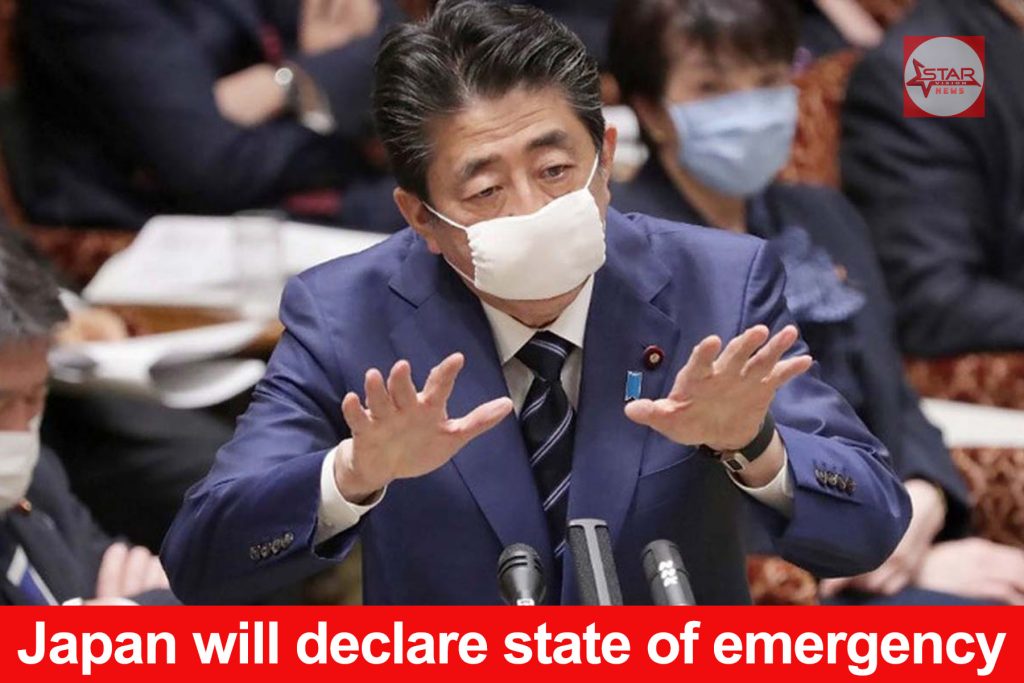Japanese Prime Minister Shinzo Abe will declare a state of emergency on Tuesday, lasting for approximately one month, he announced Monday.
Abe will hold a press conference on Tuesday to further explain the declaration.
A different tactic: Abe says Japan’s state of emergency will differ from Western countries, adding that “basic economic activity” will continue, giving examples including public transportation and supermarkets.
The Prime Minister’s advisory committee recommended that a state of emergency be declared for seven Japanese prefectures, including the Japanese capital of Tokyo and its second-largest city Osaka. The full list of prefectures affected is: Tokyo, Kanagawa, Saitama, Chiba, Osaka, Hyogo, and Fukuoka.
Economic relief: Abe also announced details of a massive JPY ¥108 trillion (USD $989 billion) economic stimulus package. The size of the economic relief package — 20-percent of Japan’s GDP — is unprecedented.
The stimulus includes JPY ¥6 trillion (USD $54 billion) in cash handouts for families who have lost significant income and small business owners. Also included, JPY ¥26 trillion (USD $238 billion) in emergency loans for Japanese corporations to keep employees on their payroll. The package also includes tax breaks for Japanese corporations, but Abe did not specify the amount.


